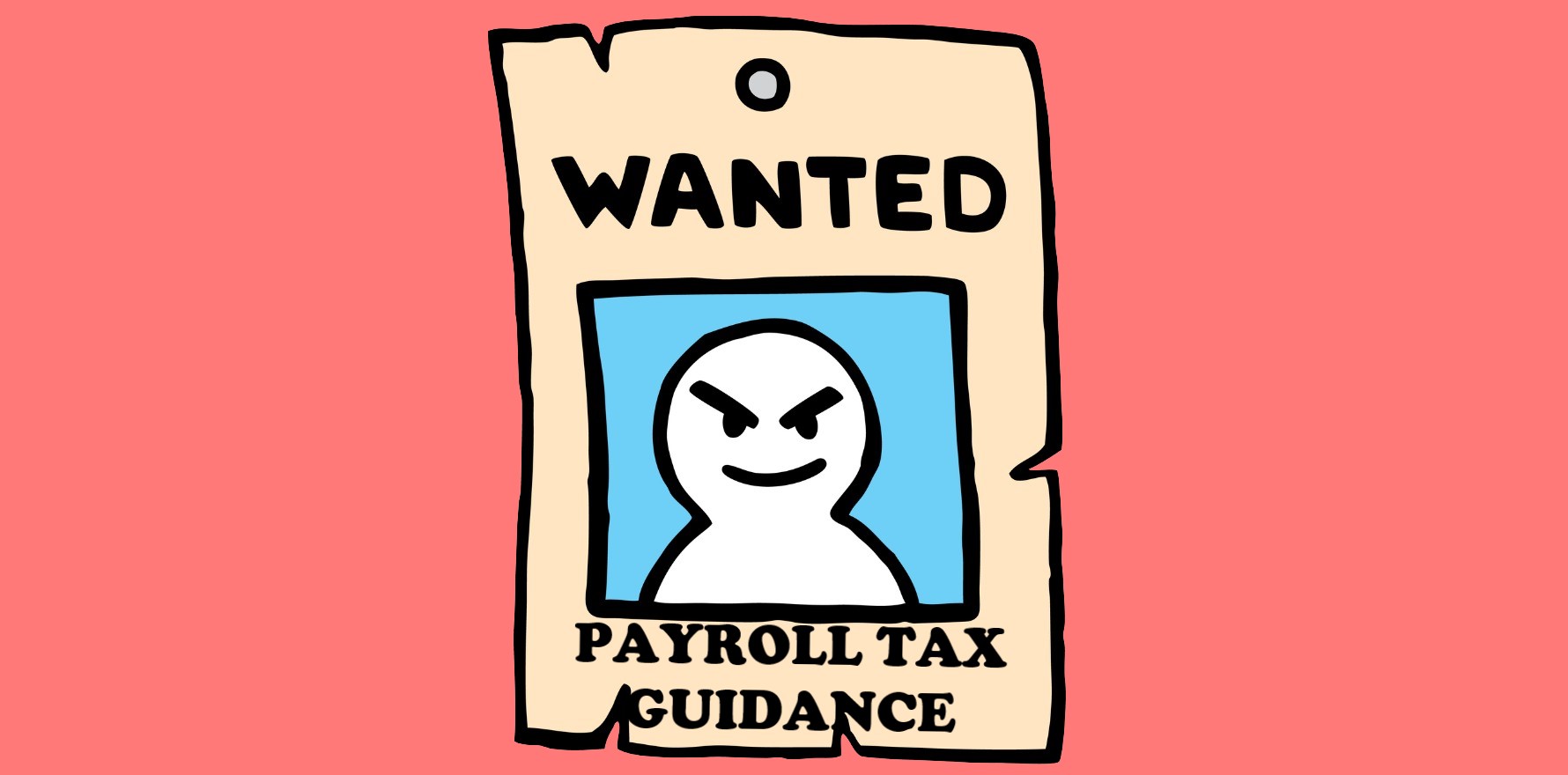Major reforms to the PIP and WIP payments could be instituted without a trial, but tax implications are unclear.
Major reforms to GP incentive payments may pose a threat in the post-payroll tax world of carefully managed payment flows.
Last week, the Department of Health and Aged Care put out draft recommendations from the expert advisory panel working on a review of the Practice Incentives Program and the Workforce Incentives Program.
The headline recommendation was that PIPs and WIPs should be phased out and replaced by a new payment architecture that would require general practices and patients to participate in voluntary enrolment system MyMedicare in order to be eligible.
The new architecture would also direct all current WIP provider payments – e.g. the rural doctor incentive payment worth up to $60,000 per doctor per year – to practices rather than individual clinicians.
PIP payments, unlike the WIP doctor and rural stream payments, have always gone to the practice.
Practices would then be in charge of what share of the incentive they gave back to the doctor.
This immediately raised eyebrows.
Flow of funds has been particularly important in the unfolding payroll tax saga, its most notable appearance being in the detailed public ruling out of Queensland.
According to the 30-page document, payments made directly to a doctor by a patient don’t count toward payroll tax regardless of whether the doctor is a deemed employee or tenant doctor.
The doctor then remits an administration payment to the practice or administrative entity.
Situations where the practice sent money to a doctor were deemed payroll tax eligible, even when a third-party account was used.
Assuming the same principles apply when the payment is part of PIP or WIP funding, practices receiving funding which they then distribute to individual doctors could be problematic.
An ATO ruling from 2008, which is archived due to the length of time since it was published, confirmed that PIP payments were viewed as payment from Medicare-assessable income for the practice.
Healthcare accountant David Dahm told TMR that the proposed reforms, as described in the consultation paper, were “not consistent from a commercial, practical, legal and tax point of view” because they did not recognise the independence of practitioners.
In short, he believes individual tenant doctors should be recognised as self-contained practices in their own right, even if they work with an administrative service entity that may have employees of its own.
“Certainly if a payroll tax commissioner started looking at all these grants, it might start raising an eyebrow from a payroll tax point of view,” he said.
“If there’s not absolute clarity that service entity arrangements are okay and that relationship is being protected … it does create a shade of grey.”
The other way in which incentives could be a payroll tax issue, he said, was where it may appear that the clinic was influencing the way a doctor practices.
“The payroll and income tax problems will start to grow from the conduct [between practice entity and tenant doctor] and what incentives [to practice certain ways] are in place, whether that is punitive or incentivised,” he said.
“That would be closely looked at, because [the tax office might say] well it looks like the clinic is the one in control.”
Related
Rural doctors have already protested the measure.
“Paying the incentives to practices, rather than direct to doctors, would enable practices to decide how much of the incentive the doctor would receive – all of it, part of it, or none at all – even though the payment is meant to be an extra incentive to doctors for working rurally,” Rural Doctors Association of Australia president Dr RT Lewandowski said.
Unlike most government-run reforms, there’s a chance this one will go ahead sooner rather than later.
At a DoHAC-run webinar on the topic earlier this week, panel member Tracey Johnson said there had been a sense within the panel that reform was urgent, to the point where it recommended minimum trial periods.
“We don’t want to have another Healthcare Homes activity, which … [was] a problematic exercise,” she said.
“All those who are ready, willing and hungry, [should be able to] get in there and make the best of this.”





